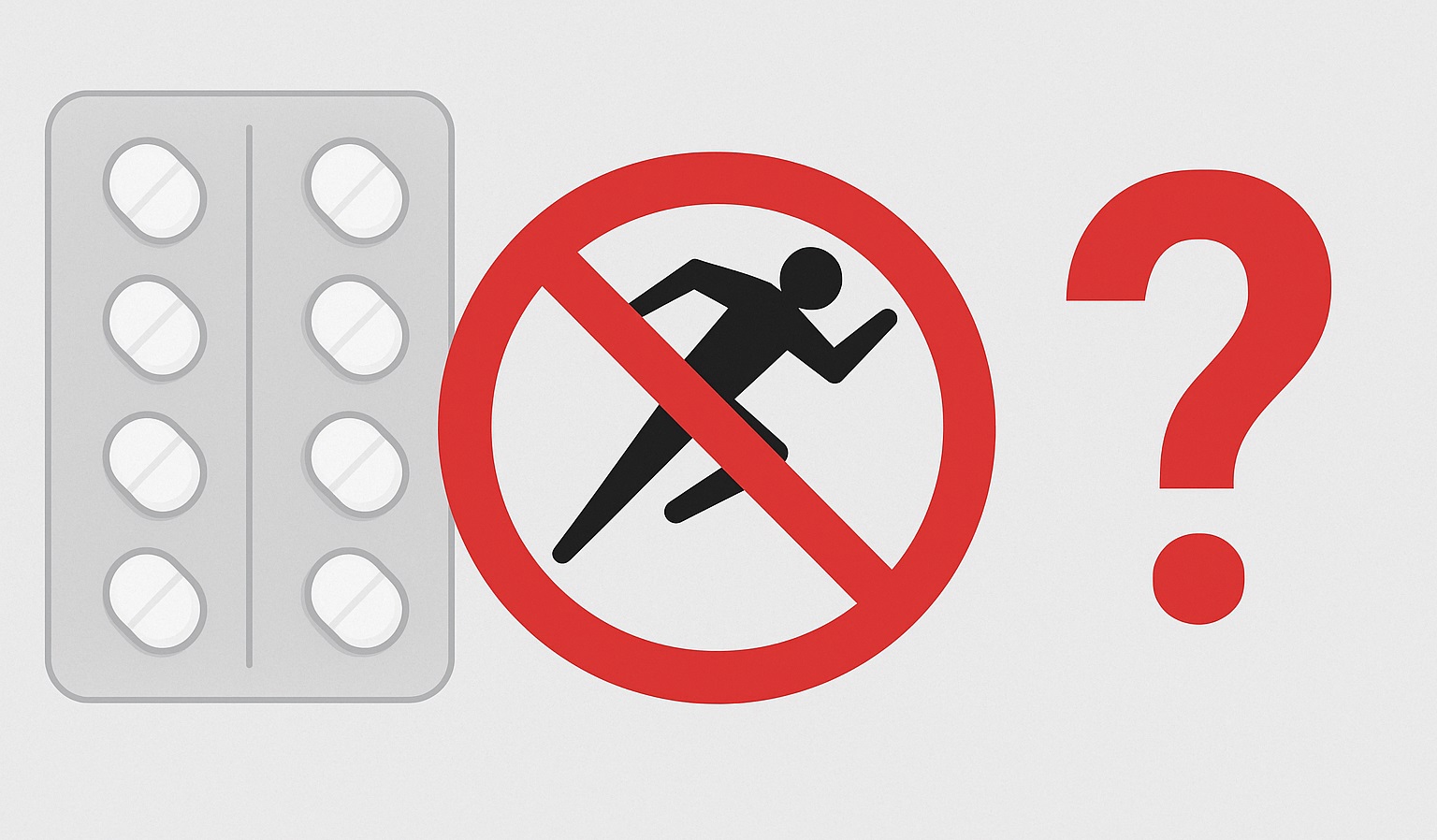Modafinil, a eugeroic (wakefulness-promoting agent), has been widely prescribed for narcolepsy, obstructive sleep apnea, and shift work sleep disorder. However, its use quickly expanded beyond medical circles, with reports of athletes using it for enhanced alertness, faster reaction times, and reduced fatigue. By the early 2000s, sports authorities had placed modafinil under scrutiny, eventually banning it outright. But why exactly did this happen?
Performance-Enhancing Properties
Unlike traditional stimulants such as amphetamines, modafinil was originally marketed as a “non-amphetamine stimulant” with fewer side effects. Still, research showed that it offered competitive benefits:
- Increased wakefulness and reduced fatigue during prolonged training or competition.
- Improved cognitive performance, including faster decision-making, sharper focus, and reduced perception of effort.
- Endurance boost, as athletes could push themselves harder without feeling as tired.
These effects made modafinil highly attractive to athletes competing in high-pressure, endurance-based sports such as cycling, athletics, and combat sports.
Discovery in High-Profile Sports Cases
The turning point came in 2003, when several athletes tested positive for modafinil at international competitions:
- Kelli White, an American sprinter, admitted to using modafinil after testing positive at the World Athletics Championships. She was subsequently stripped of her medals.
- The scandal connected to the BALCO (Bay Area Laboratory Co-Operative) doping investigation revealed widespread use of modafinil among elite athletes alongside anabolic steroids and other banned substances.
These cases showed regulators that modafinil was being misused as a performance-enhancing drug (PED).
World Anti-Doping Agency (WADA) Ban
- In 2004, the World Anti-Doping Agency (WADA) officially added modafinil to its Prohibited List, under the category of stimulants.
- The ban applied to both in-competition and out-of-competition use, recognizing its significant performance-enhancing potential.
- WADA noted that while modafinil did not cause the same “high” as cocaine or amphetamines, its ability to delay fatigue and improve cognitive alertness gave athletes an unfair advantage.
Ongoing Debate
Interestingly, the ban sparked debates in both medical and sporting communities:
- Supporters of the ban argued that modafinil violated the spirit of sport by enhancing performance unnaturally.
- Critics noted that modafinil is a prescription drug intended for medical conditions and claimed the ban was unfair to athletes with legitimate sleep disorders.
WADA allows athletes to apply for a Therapeutic Use Exemption (TUE) if they genuinely need modafinil for a diagnosed condition. However, these exemptions are rare and tightly controlled.
Comparison with Other Substances
Modafinil’s ban parallels the restrictions on other stimulants:
- Amphetamines: Long banned due to their strong stimulant effects.
- Caffeine: Once banned in high concentrations but now permitted in moderation.
- Eugeroics (like armodafinil): Also banned for the same reasons as modafinil.
This shows a consistent pattern: any drug that significantly enhances endurance, focus, or reduces fatigue is likely to be prohibited in elite sport.
Conclusion
Modafinil was banned in sports because it provides a clear competitive edge by reducing fatigue and sharpening mental performance. Its abuse in high-profile cases like BALCO highlighted its growing misuse, leading WADA to classify it as a prohibited stimulant in 2004. While still a valuable treatment in medicine, for athletes the use of modafinil without a TUE remains a serious anti-doping violation.
Key Takeaway: Modafinil crossed the line from therapy to performance enhancement, which is why regulators banned it — not because it was unsafe per se, but because it tipped the balance of fair play in professional sports.
